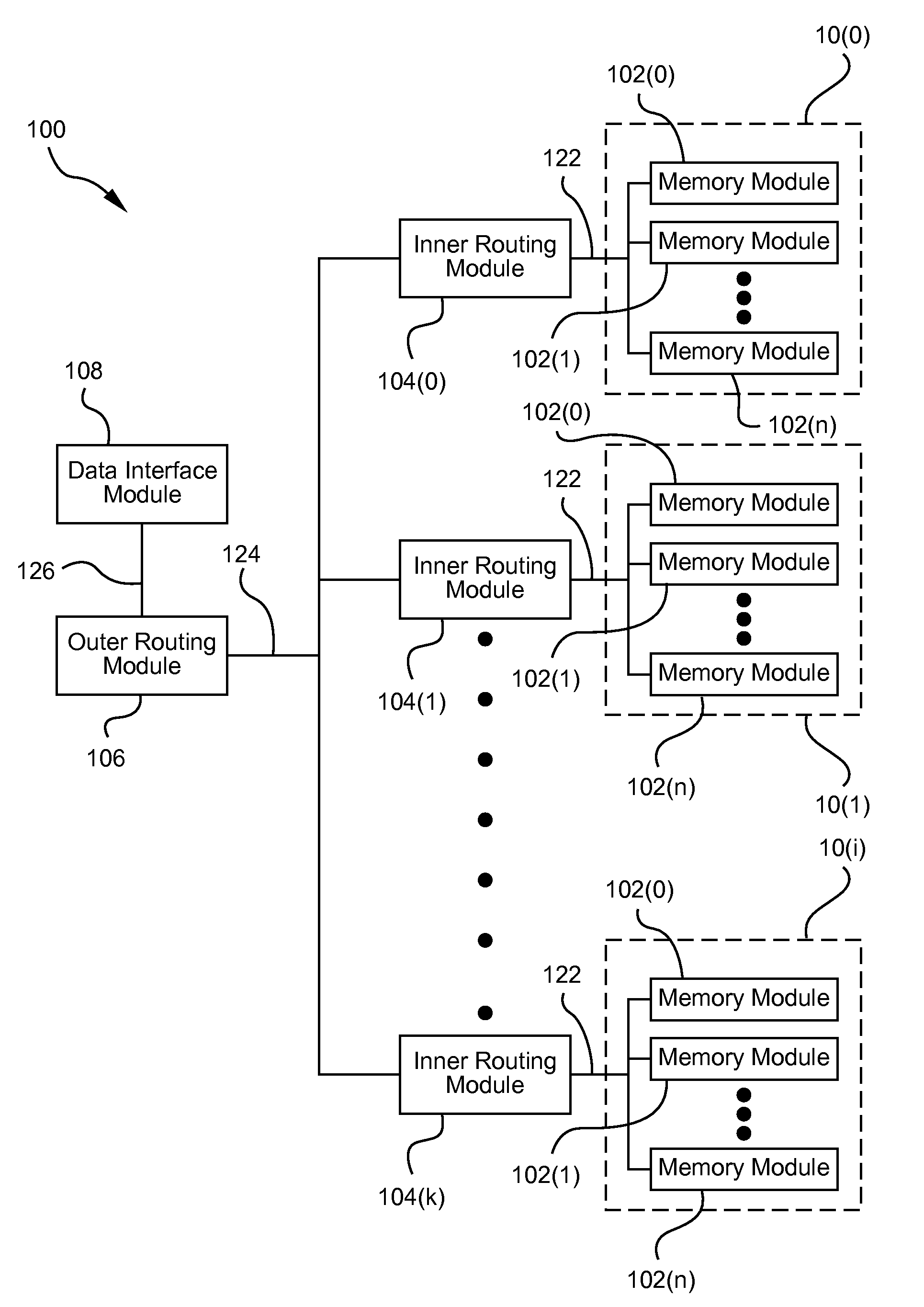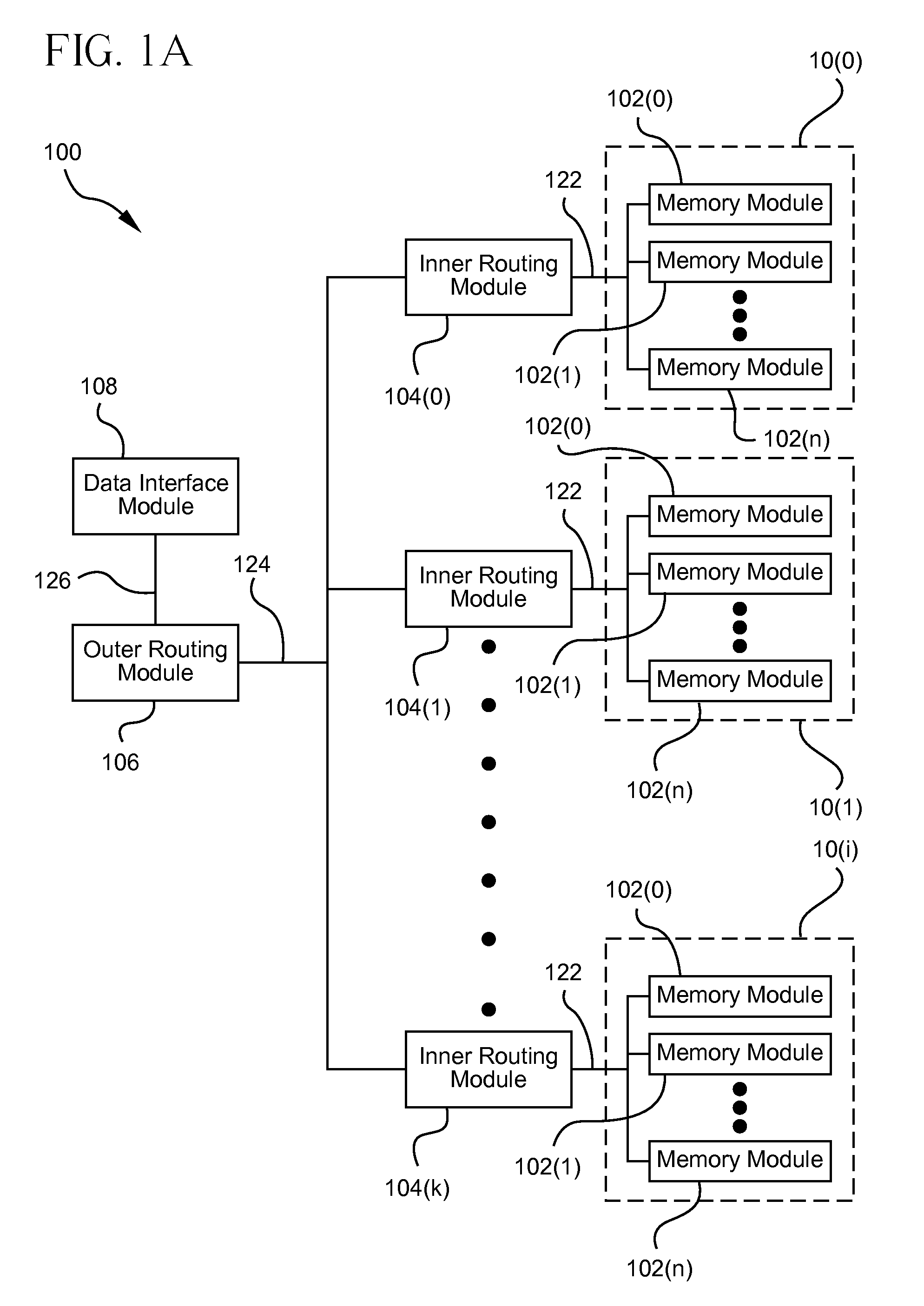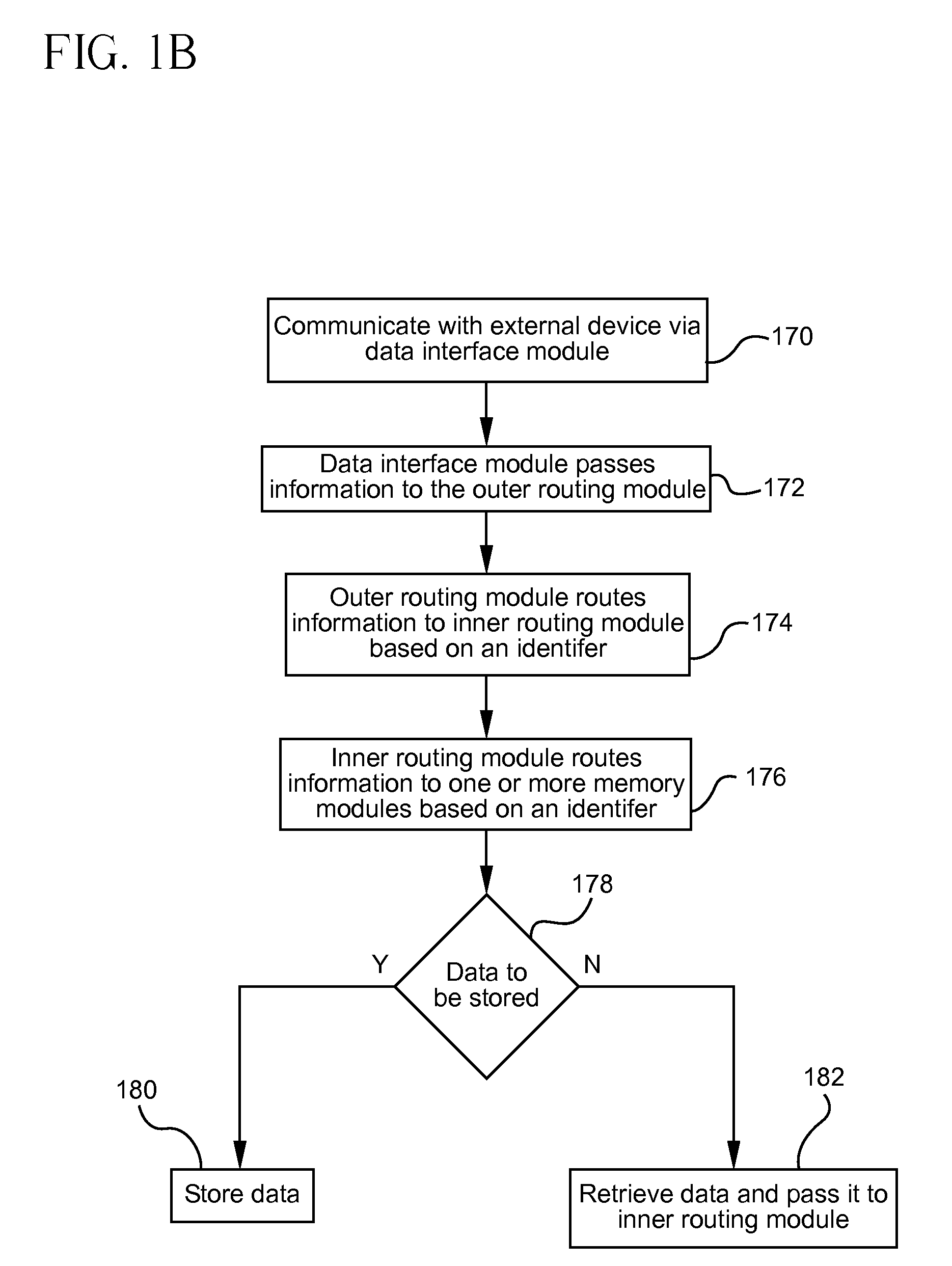Current data storage devices have severe limitations.
However, HDDs apparent low cost comes with severe failings and limitations.
HDDs are not
solid state and the relative low cost of HDDs comes with many failings.
Due to the mechanical nature of HDDs and the configuration of the disks and the heads, HDDs are inherently fragile.
HDDs are particularly vulnerable to damage from sudden mechanical shocks, which may cause the disks to collide with the heads.
The necessity of thin platters in an effort to reduce
power consumption and
inertia, combined with bringing the read / write head ever closer to the platter for increased
data density makes the head crashes increasingly inevitable.
As a result, a drop of even a few feet can have devastating effects on the lifetime of an HDD.
The volume space of the same heads and platters that cause the
fragility and unreliability also prevent HDDs from achieving significant
volumetric density, with the most capacious HDDs (1 TB drive in a standard 3.5 inch drive form factor) only delivering 39.5 GB per
cubic inch.
Modern HDDs can consume 20 watts of power when running simply because it takes that much power to keep the platters
spinning at the appropriate speed and to move the stack of heads at the extreme speeds needed.
This
power consumption drives the real cost of an HDD up substantially, making them, in fact, sometimes more expensive than other technologies.
In fact, most HDDs are rated at about 28 to 30 decibels, making them difficult for many people to accept in various environments, including, among others, quiet environments such as
media center computers.
While HDDs have made progress in apparent
concurrency with the near universal introduction of command queuing, the fact remains that this simply allows the drive to reorder instructions for
improved performance, and no currently available drive offers real
concurrency of operations.
This would require multiple heads per platter, which is something that would raise the costs of HDDs to unacceptable levels.
This means that no matter how inexpensive HDDs appear, they are at best antiquated technology.
Further, there is no foreseeable method for HDDs to do anything but fall further behind.
It would seem apparent that many of these flaws would go away by moving to a
solid-state drive (SSD), but that is not necessarily the case.
In Flash-based SSDs, many of the problems associated with HDDs remain.
Generally available Flash SSDs suffer the major flaw of being almost entirely consecutive in operation and therefore incapable of concurrent operations.
This creates major problems for Flash SSDs moving forward as the performance is limited by these designs, keeping Flash SSDs limited to only those areas that do not require great amounts of speed or capacity.
Flash SSDs are solid-state, so they do not suffer from
fragility as do HDDs, but the internal design and independent
cell speed prevents them from currently operating faster than approximately 32 MB / sec, making Flash SSDs the slowest data storage technology in widespread use today.
Although Flash SSDs are used primarily because they allow for the smallest form factor, the total
volumetric density of Flash SSDs is poor.
Further, the volumetric density will remain low due to the fact that flash chips contain more resin than flash cells, leaving the highest capacity Flash SSD available today with a total volumetric density of only 14.9 GB per
cubic inch.
Also, Flash SSDs
wear out faster than HDDs, ie., they have a shorter life.
Flash cells have a well established problem that each time a
cell is written, the
cell degrades a small amount.
Flash chips have write balancing in order to help combat this, but file usage in a computer
system actually works against the write balancing.
Since the vast majority of files are written once in the lifetime of the computer, the write balancing only balances between a very limited number of pages, resulting in those pages becoming exhausted.
Furthermore, Flash SSDs do not scale.
In view of the way the internal structures are designed, the only method to increase capacity without massive reengineering is to attach multiple dies to a single
bus, thereby increasing the parasitic drains and capacitances that eventually slow the entire
chip to the point where it becomes unusable.
As a result, either small capacity Flash SSD have to be accepted or larger Flash dies have to be built, which in turn raises the cost per functioning cell.
Even with multiple separately manufactured dies, the internal design of Flash SSDs prevent concurrency, providing no ability to perform multiple tasks at once, and limiting performance in yet another dimension.
These limitations and the associated costs have led many organizations to use Flash ICs directly, instead of a complete Flash SSD.
This usage has exactly the same problems, but in some instances can reduce the per unit monetary costs by a small amount.
By far the largest flaw is price.
To expand capacity, manufacturers add additional
DRAM chips to one of a small number of buses and each new chip lowers the performance of that
bus a small amount, until the entire
system noticeably slows down.
Additionally, a
DRAM SSD can consume 2400 watts of power per TB making it the most costly data storage technology in terms of power consumption as well.
Consuming so much power, it is necessary to have substantial cooling fans to dissipate the heat produced, adding not just
noise, often louder than HDDs, but also adding moving components that can fail leading to destruction of the data on the DRAM SSD.
Thus, DRAM SSDs are simply unsuitable for the vast majority of situations, and are only considered as an option when the raw performance is so critical as to be worth the enormous costs in equipment, power consumption,
air conditioning, volatility, space and
noise.
In sum, no current data storage technology provides high volumetric density (
data capacity per volume of space).
No current data storage technology provides
scalability.
No current data storage technology provides substantial concurrency.
No current data storage technology provides a viable technology to meet the demands of the future.
 Login to View More
Login to View More  Login to View More
Login to View More 


